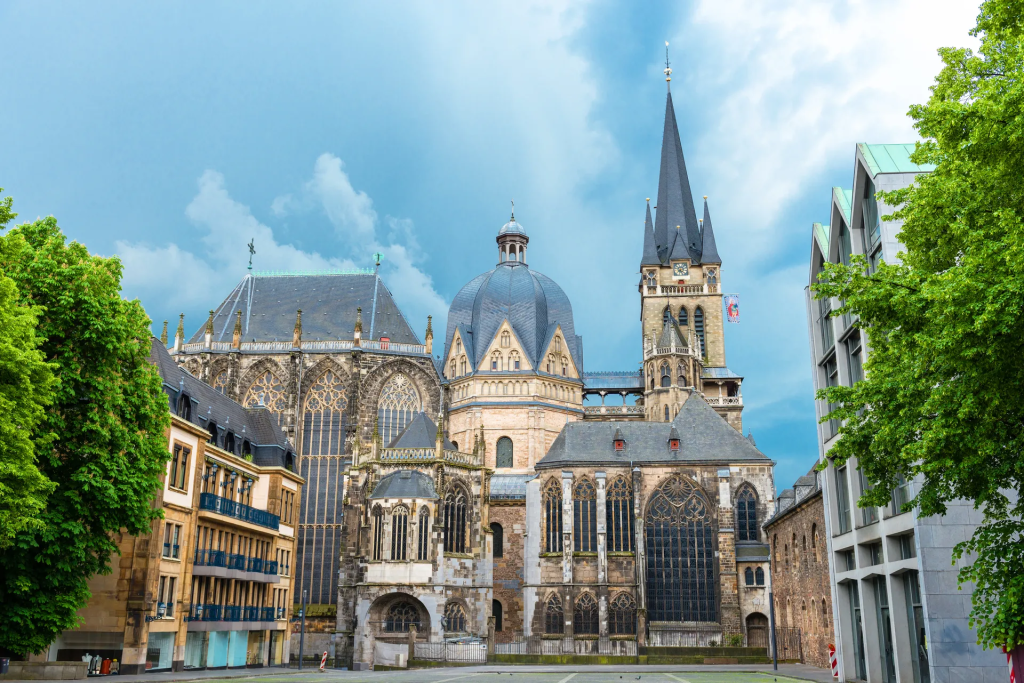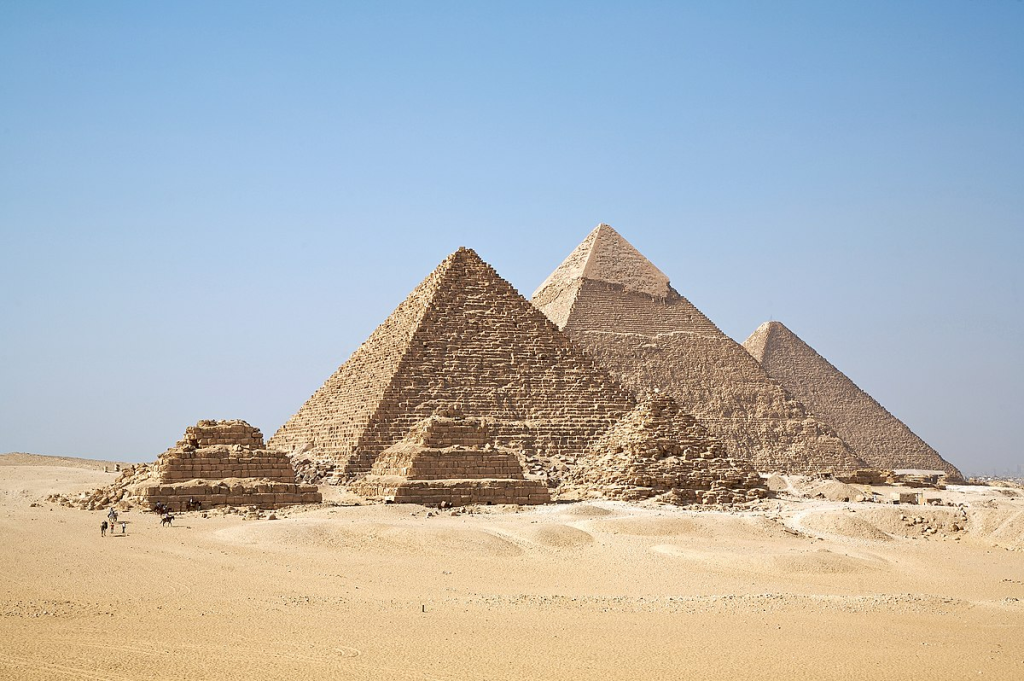One of the architect’s missions consist of acting on an existing building that presents problems: instability, humidity, degradation, obsolescence, unhealthiness…
In this sense, this task could be compared to that of a doctor treating a patient: architect is a doctor-like for buildings.
This function is especially relevant in cases where ‘patients’ are significant. We refer to architectural heritage.
HERITAGE
The heritage is known as a set of goods acquired by inheritance related to culture and constitutes a set of customs, knowledge and degrees of development of an era or a social group.( set of family assets, set of State assets, set of municipal assets…)

CULTURE
set of lifestyles, customs, knowledge and degree of artistic, scientific, industrial development, in an epoch, social group, etc.
CULTURAL HERITAGE
set of assets (tangible as well as intangible) that have to do with the culture of a people, nation, city, society… This concept is important because it implies the cultural identity of a people.
They are cultural assets:
- Monumental architecture
- Works of art
- Minor or popular architecture
- Military-defensive architecture
- Witnesses of work
- Witnesses of industrial production
- Witnesses of agrarian culture
- Witnesses of gastronomic culture
classification of cultural property according to UNESCO:
- Monuments: architecture, sculpture, painting, archeology, archaeology, caverns, inscriptions, elements of universal value from the point of view of history, art or science, etc.
- Ensembles: groups of constructions whose architecture and integration with the landscape give them exceptional value.
- Places: works of man and nature with universal value from the historical, aesthetic, ethnological or anthropological point of view.
WHY PRESERVING HERITAGE?
Heritage has cultural, artistic, historical, authenticity, antiquity, functional and economic value.
To conserve is a method to not lose the values of cultural identity, and to conserve it we have to know the cultural assets of a people and a catalog is made, all these assets have to be protected and preserved.
Not only the architectural heritage has to be protected, but also its values(historic, artistic, antiquity, functional, economic…). That is why we have to take care of all aspects of a building.
- matter
- construction techniques
- shapes, dimensions
- colours, materials, textures
- character
- use
- environment
- meanings…
HOW TO PRESERVE?

Heritage can be preserved in two ways:
WITH LEGISLATIVE INSTRUMENTS.
By following a set of rules:
Protect: by means of rules and the elaboration of cataloguing instruments.
Inventorying: listing, locating and describing the assets.
To catalogue: enumeration, description and location, and also to provide a historical study and a valuation of the property to be catalogued.
THROUGH INTERVENTION ACTIONS
Preservation: Operations carried out on the property to ensure its survival or possible damage.
Maintain: Preserving the matter of the building with continuous and gradual maintenance.
Consolidate: To reinforce structural, constructive or material elements by giving them greater consistency or solidity.
Repair: To leave in good condition an object that was broken or deteriorated.
Restore: Direct intervention on the monument with the aim of “restoring” or improving the “legibility” that has been lost with the passage of time.
Rehabilitate: To restore or restore a thing to its former state of efficiency.
Reconstruct: Procedure of integral or partial reconstruction of a building, with absolutely exceptional character.
Anastylosis: Operations of recomposition in situ of the parts or materials fallen and dispersed on the site.
Ripristinar: Action of returning the monument to its original state by eliminating the added posterior phases
TO SUM UP
As heritage refers to every building or structure in general from past cultures from which we can learn about history, we must try to preserve these historical paints, buildings, etc
The Egyptian Piramides are a perfect example as well as one of the most famous.

This ancient constructions of the egypcian civilizarion, is a perfect example of heritage and how humans can learn abour not only architecture form the past,but rather about past cultures, traditions, habits, almost everything. This particular example, made us learn that this culture belived in life after death. This pyramids are in fact funerary constructions for some kings as well as to adorate gods.
However, it is not only important to preserve in a physical way the constructions of the past to learn from them but it is also important to preserve the value they have as we could learn in the field practice in the huerta de valencia.

For example, in the case of the huerta de valencia, we could appreciate how in spite of having preserved different constructions from the past, new modifications in the area such as the highway that passes next to it, new electricity installations, etc, factories around it, modern houses compared to those of the huerta, roads that were previously dirt roads and have now been asphalted, garbage containers, etc. In general these disruptive elements affect the value of the huerta.